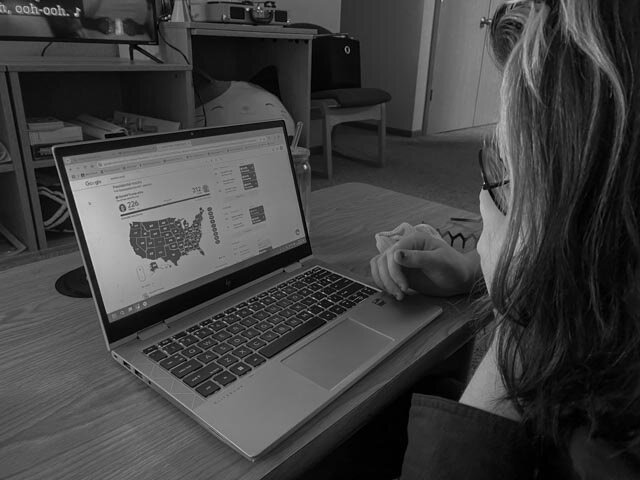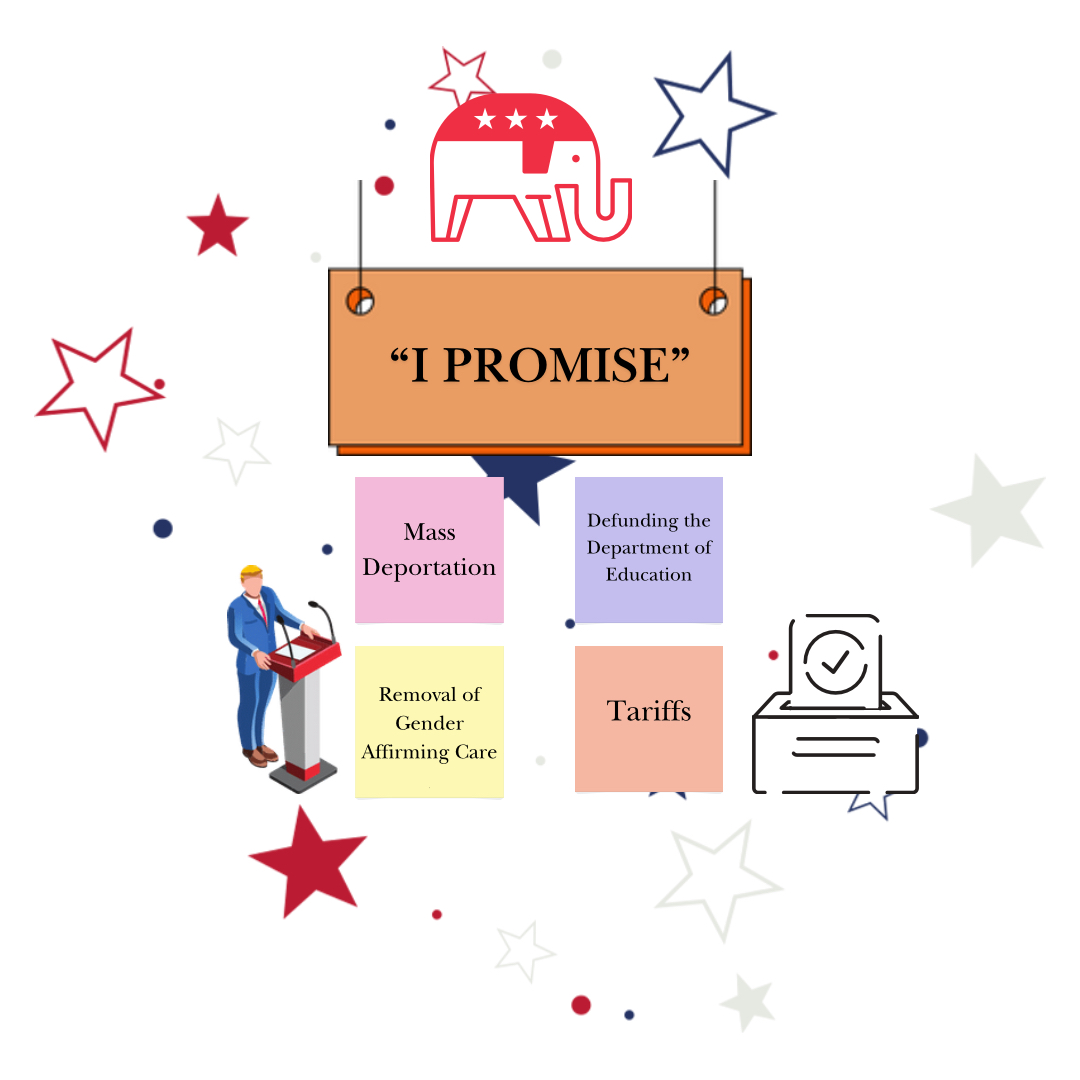Danielle Stone/Winonan
The iPad Pilot Project is a test program designed to implement the iPad and all of its features into classrooms.
Ken Graetz, the director of Teaching, Learning and Technology services is a co-founder of the program. He said planning began last year around this time.
“The idea for the program started about a year ago with the exploration of e-books and e-readers,” Graetz said.
Norbert Thomes, the coordinator of Information Technology Services, Learning Services, and Systems, is the program’s other co-founder. He said the program’s purpose is to discover whether or not the iPad has a place in the educational system here at Winona State University since it has features that laptops and phones do not.
“The laptop, while portable, is not mobile enough and the phone has the same apps, but is not quite big enough,” Thomes said.
Graetz said before the iPads, a different test program gave out Kindle Fires to students in different classes, and based on the feedback, TLT started a new program, which involved providing students with iPads.
There are currently six courses being taught by seven professors that are part of the pilot program. The different courses used to test the iPad in the classroom span across a range of fields.
Thomes explained that for the program, the professors were allowed to pick any applications for the iPad that they wanted to use for their classes, and those applications would be provided for the professors and the students at no cost.
Throughout the program, both professors and students are being surveyed to evaluate the impact the iPad has on any given course and how the iPads are being used. The surveys are administered every five weeks throughout the semester.
Thomes discussed how Dr. Toby Dogwiler, from the geology department, has been using the iPad in his watershed course to help evaluate data while working in the field instead of taking it back to the classroom to use a laptop.
Professor Jim Bowey has been using the iPad in his visual communication course.
“It is important to emphasize that what I am exploring with the iPad is not that it is a new piece of technology, but the real question is, how does this mobile device change the way we deliver classes and engage students,” Bowey said.
In reference to his visual communication class and the use of the iPad, Bowey said, “It is a toolbox for bridging theory and practice.”
Since receiving some feedback, Graetz said, “We are becoming more convinced that the tablet has some very serious application which will be helpful for students.”
If the pilot program proves to be successful, the eventual goal is to start a two-year program in which students would be provided with both a laptop and iPad, with no increase to the technology fee.
One of the reasons for this program is to allow students to stay updated on the current technology.
Graetz said, “We are trying to introduce students to the technology they will be using when they are done at Winona State University. Building those skills while they are here is critical. Alumni have shown how the technology skills learned here have helped them after they have graduated.”
Contact Danielle at [email protected]









































